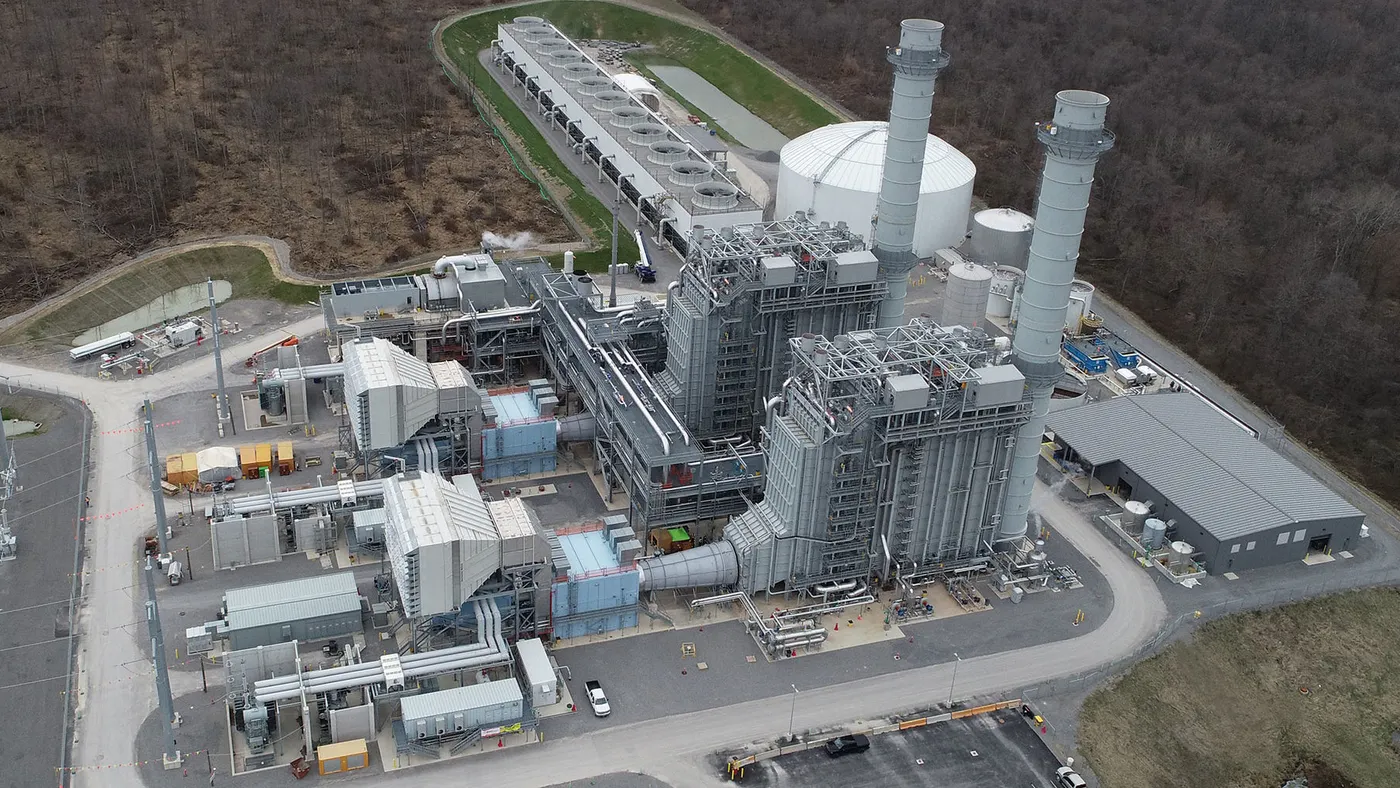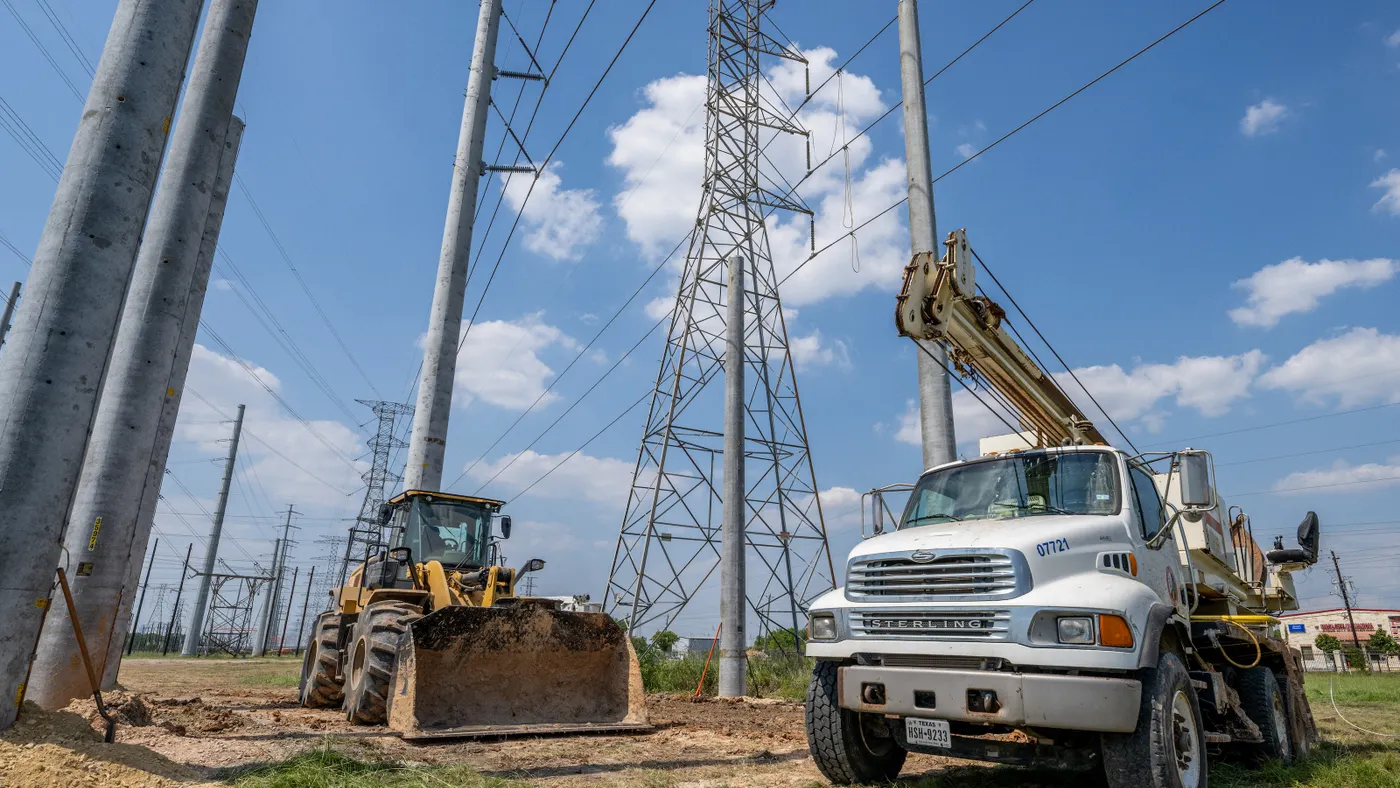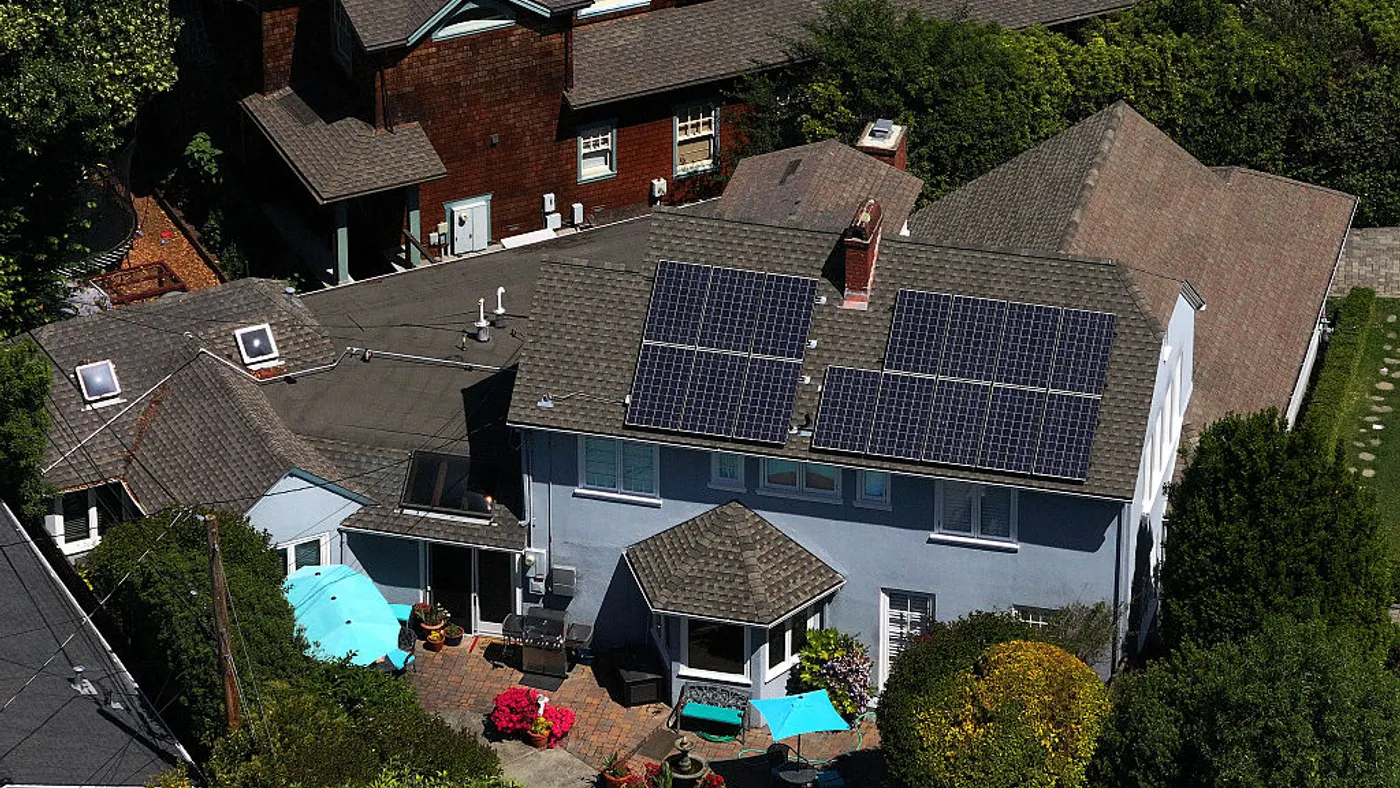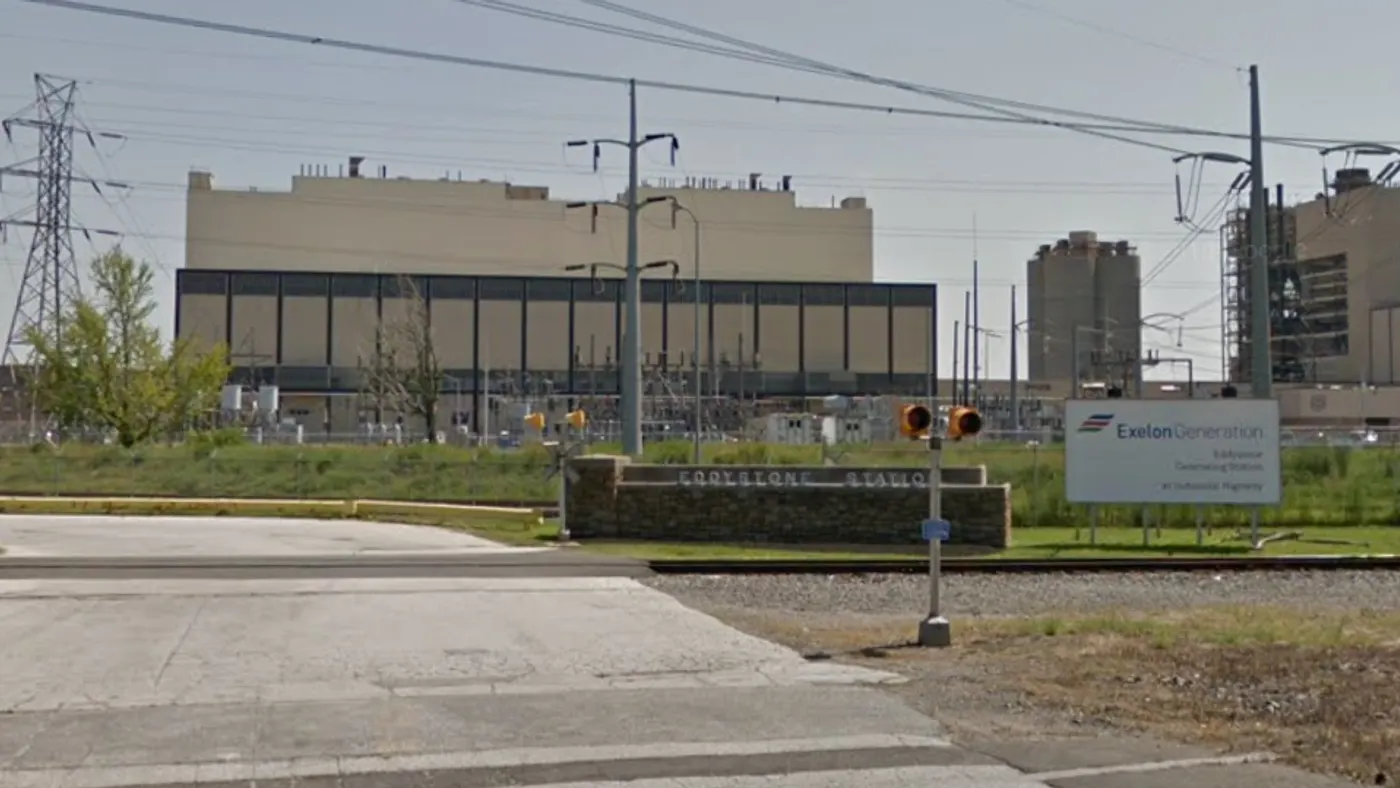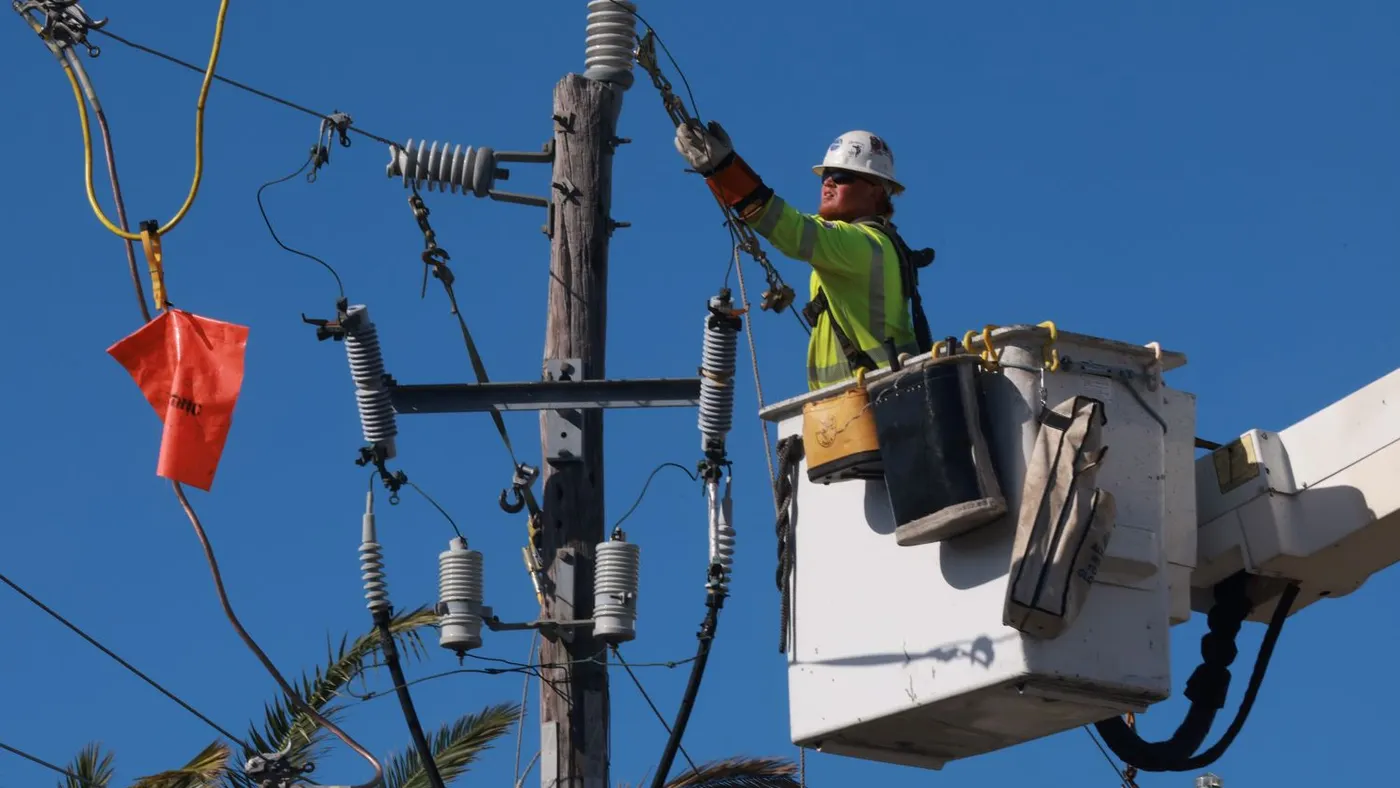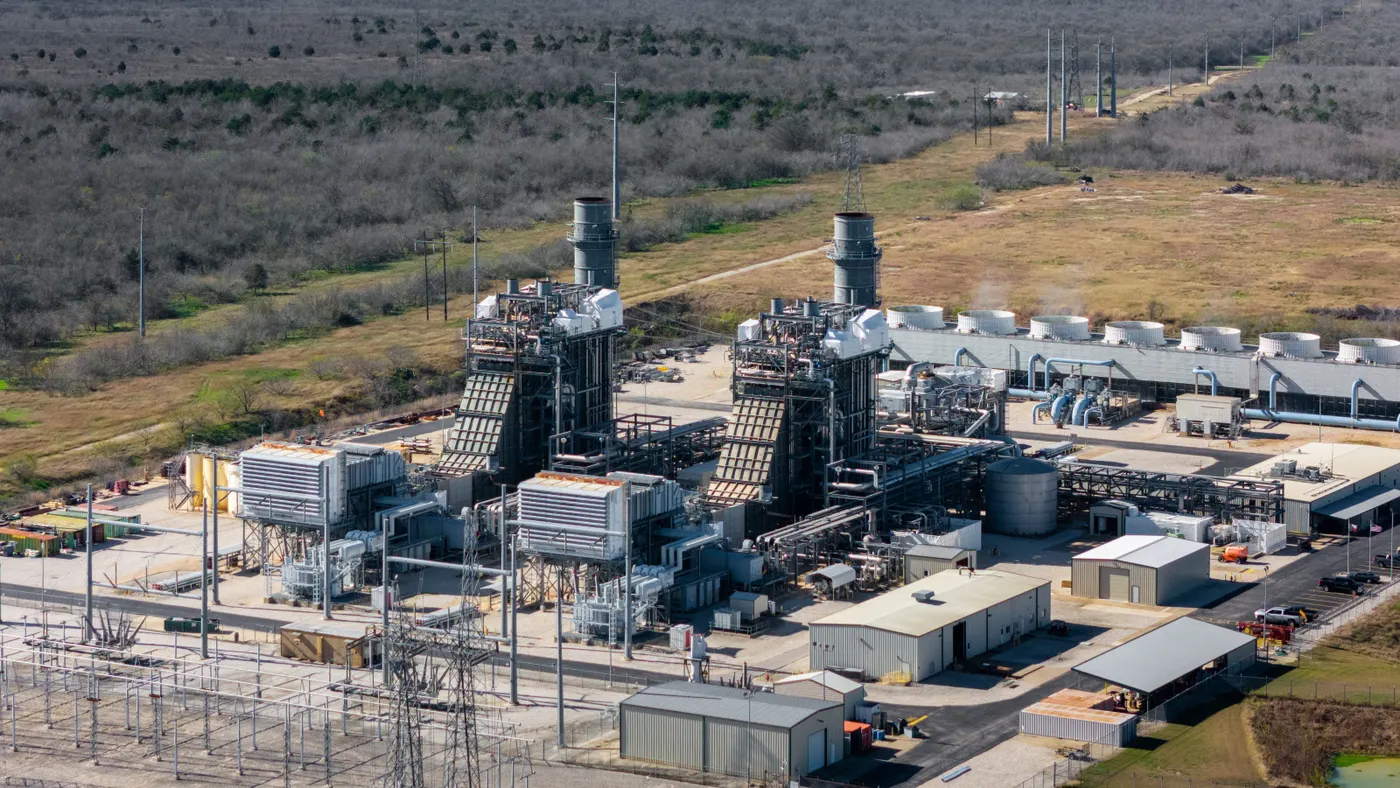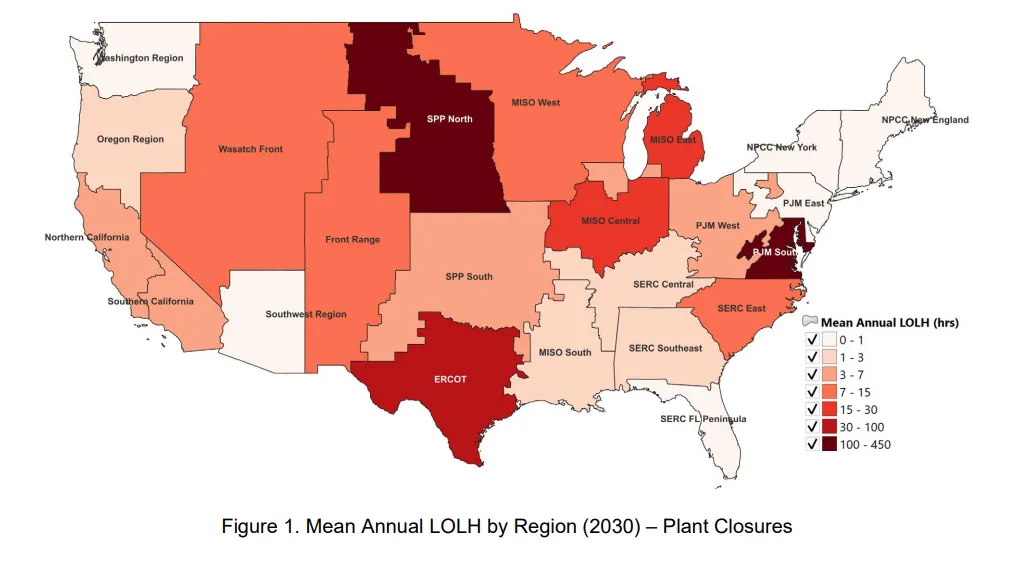By: Brian Martucci
• Published July 16, 2025
As the eastern half of the United States baked under record heat this summer and electricity demand reached multi-year peaks, it looked like the grid might succumb.
Grid operators and public officials scrambled to avoid a disaster, ordering generators to defer maintenance and customers to conserve energy. The PJM Interconnection served about 161 GW of load on June 24, its highest demand since 2011 and not far off its all-time high of 165.6 GW.
But aside from scattered outages caused by heat-damaged electrical delivery equipment in parts of the New York City area, Eastern U.S. grids largely weathered the heatwave.
Grid experts — and at least one grid operator — say at least some of the credit goes to distributed energy resource aggregations and flexible loads dispatching at higher rates than ever before. Those “virtual” or distributed power plants helped keep the lights on as generator reserve margins plummeted.
“PJM said that demand response was essential,” Federal Energy Regulatory Commission Chair Mark Christie said in a June 30 press conference focused on the need for resource adequacy amid rising load forecasts. “That 161-GW peak would have been higher without DR, so DR is an important part of the mix too.”
Major virtual power plant operators matched near-record peak loads with unprecedented dispatch activity. Sunrun dispatched more than 340 MW from customer-sited batteries on the evening of June 24. The same day, EnergyHub shed 900 MW of peak load and shifted 3.5 GWh of energy away from the highest-demand periods. Uplight managed about 350 MW of flexible load in 45 dispatch events across 16 utility programs over the course of the heat dome week.
Supportive state policy, expectations for rising power demand and simple economics are pushing once-skeptical utilities to embrace VPPs, said Hannah Bascom, chief growth officer at Uplight.
“You're seeing [utility] folks on the supply side saying, ‘Wait, how many megawatts do we have lying around?’ And the light bulbs are starting to go off,” Bascom said in an interview.
Quicker and cheaper than traditional generation
It helps that it costs far less — and takes less time — to aggregate existing customer-sited resources than it does to build new dispatchable generation or storage, Bascom added.
A new, 400-MW VPP has a net cost of $43/kW-year, compared with $69/kW-year for a utility-scale battery and $99/kW-year for a gas-fired peaker plant, the U.S. Department of Energy said in a January update to its virtual power plant liftoff report. An RMI report released last July said VPPs could be deployed in six to 12 months, quicker than any form of utility-scale generation.
RMI’s report made a point of saying utilities eyeing VPPs in mid-2024 could have them ready in time for this summer’s heat.
It’s clear many utilities and other load-serving entities have launched or expanded VPP offerings recently, said Kevin Brehm, a manager in RMI’s carbon-free electricity practice.
“We’re definitely seeing progress in terms of the number of utility [VPP] programs, and in regulation and policy being implemented to advance VPPs,” he said in an interview.
Last year, RMI and the VPP Partnership published a flipbook featuring 75 U.S. VPPs with 3.9 million enrolled customers and 1.5 GW of capacity. That’s a small fraction of DOE’s 30 GW estimate of total U.S. VPP capacity in 2024.
Brehm cautioned that because VPPs can be deployed so quickly, published figures may underestimate capacity and thus the potential for utilities and aggregators to dispatch it during extreme weather events.
“Actual VPP capacity is what ultimately determines the level of response,” he said. “And [public reports] don’t tell the whole story because there’s a lag.”
Residential smart thermostats are already central to hot-climate VPP programs like Arizona Public Service Cool Rewards, whose 140 MW of thermostat capacity accounted for most of the utility’s 190-MW VPP as of last September. They’ll become even more important as smart thermostat adoption increases from today’s relatively low levels, Brehm said.
Commercial and industrial participation has room to grow
But much of the country’s VPP capacity still comes from manual commercial and industrial demand response programs, where power-hungry facilities agree to curtail load during peak periods, Wood Mackenzie said last year in a report. Another report by Energy Systems Integration Group showed C&I enrollments in wholesale demand response programs ranging from 4% to 10% of total potential capacity in most grid operator territories.
“Given how much capacity prices have risen recently, we’re going to see a lot more [C&I] demand response, and the potential is on the [multi] gigawatt scale,” Brehm said.
With the notable exception of the California Independent System Operator’s territory, C&I demand response enrollment has recently flatlined or declined in most regions due to limited customer awareness, weak financial incentives and barriers to wholesale market participation, according to ESIG.
Brehm is hopeful that better technology and program design will turn the tide. Some VPP operators, like Voltus and CPower, coordinate multiple customer-sited resources, rather than interrupting power at a facility’s meter and shutting down production lines, he said. During the June heatwave, CPower says it dispatched 18.5 GWh across 120 events in PJM, ISO-New England and the New York Independent System Operator’s territory.
Small and midsize commercial facilities can also provide meaningful support during extreme weather events, said Thomas Flynn, chief administrative officer and general counsel at Budderfly, a commercial energy management provider serving more than 7,000 restaurants, medical clinics, convenience stores, hotels, gyms and other commercial sites nationwide.
Budderfly activated its first VPP on June 1, just in time for the heatwave. Flynn said the initial deployment included capacity in PJM, ISO-New England and the Southwest Power Pool — all hit hard last month — as well as CAISO. Enrollment could expand to NYISO and the Electric Reliability Council of Texas soon.
“We ran events across all of our programs during the week of the heat dome, activating programs from coast to coast,” Flynn said. “The events went well.”
For now, Budderfly’s VPP mainly dispatches HVAC systems via smart thermostats, but Flynn said it will soon expand to include onsite refrigeration systems, lighting, rooftop solar, electric vehicle chargers and onsite battery storage.
Because Budderfly owns those resources, dispatch is simpler than for customer-owned equipment, Flynn said. For local utilities, that simplicity — and the fact that commercial sites generally have larger and more consistent power loads — means more reliable and predictable VPP capacity.
“Utilities see this model as a more reliable and scalable solution for flexible load capacity, particularly in regions where traditional demand response has been underutilized,” Flynn said. Budderfly can target dispatch in grid nodes without big industrial customers to provide load flexibility on a larger scale, he added.
Like Budderfly, Sunrun generally owns customer-sited resources. Its rapidly growing arsenal of batteries allows it to play a meaningful role in responding to extreme weather events, said Chris Rauscher, its head of grid services.
“We’ve fully embraced a storage-first strategy over the last few years,” Rauscher said. “Nearly 70% of our new installations include battery storage, up from just 10% a few years ago.”
Republican attack on renewables could help VPPs
Despite the recent U-turn in federal policy around renewables, the Trump administration’s preference for dispatchable power and declaration of an energy emergency create an opening for distributed asset owners like Sunrun, Rauscher said.
“Dispatchable energy is a top priority for this administration, and critical for grid stability,” he said.
At the same time, Rauscher added, utilities are waking up to the fact that they need more electrons as fast as possible. Sunrun operates 17 VPP programs across the U.S., including utility-run programs like ConnectedSolutions in the Northeast and state programs like Demand Side Grid Support in California.
“The narrative is shifting [and] utilities are starting to see VPPs not just as pilots, but as core infrastructure,” Rauscher said.
Uplight’s Bascom agreed. While the rollback of clean energy tax credits will likely slow the deployment of distributed energy resources, that will also make it more expensive to build utility-scale generation, likely netting out to a boost for VPPs, she said.
“We still haven’t hit mass-market penetration,” she said. “We think there’s a lot of opportunity to leverage these resources for way, way cheaper than any type of new generation.”
Article top image credit: Spencer Platt via Getty Images
